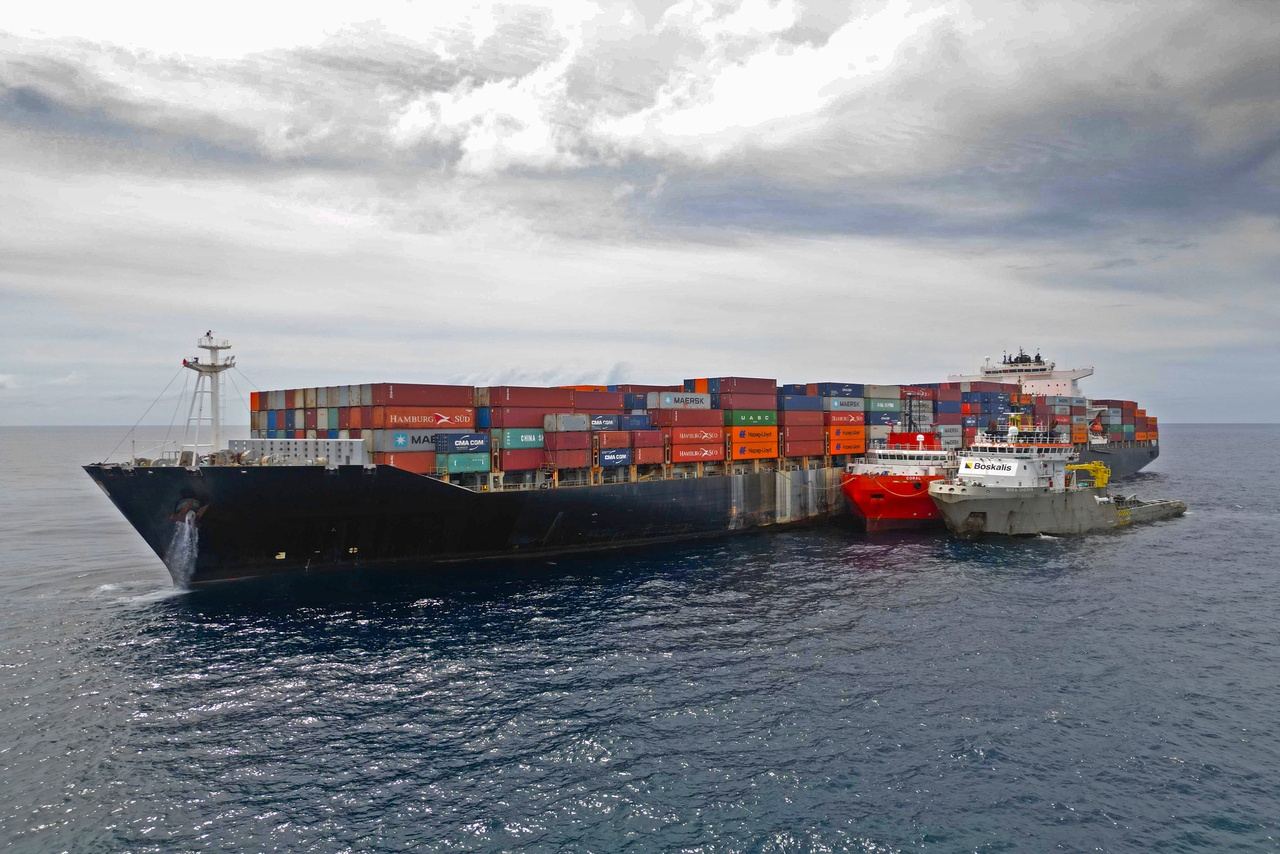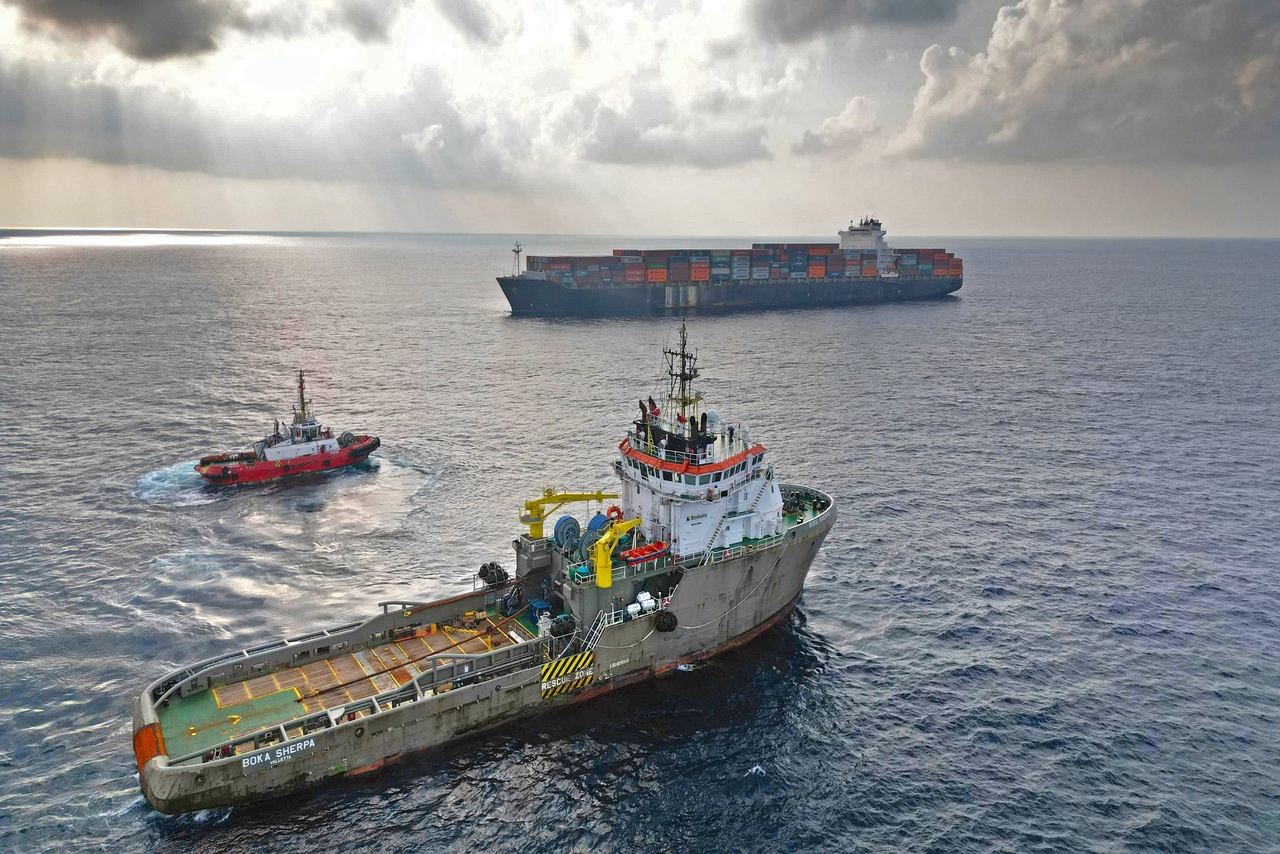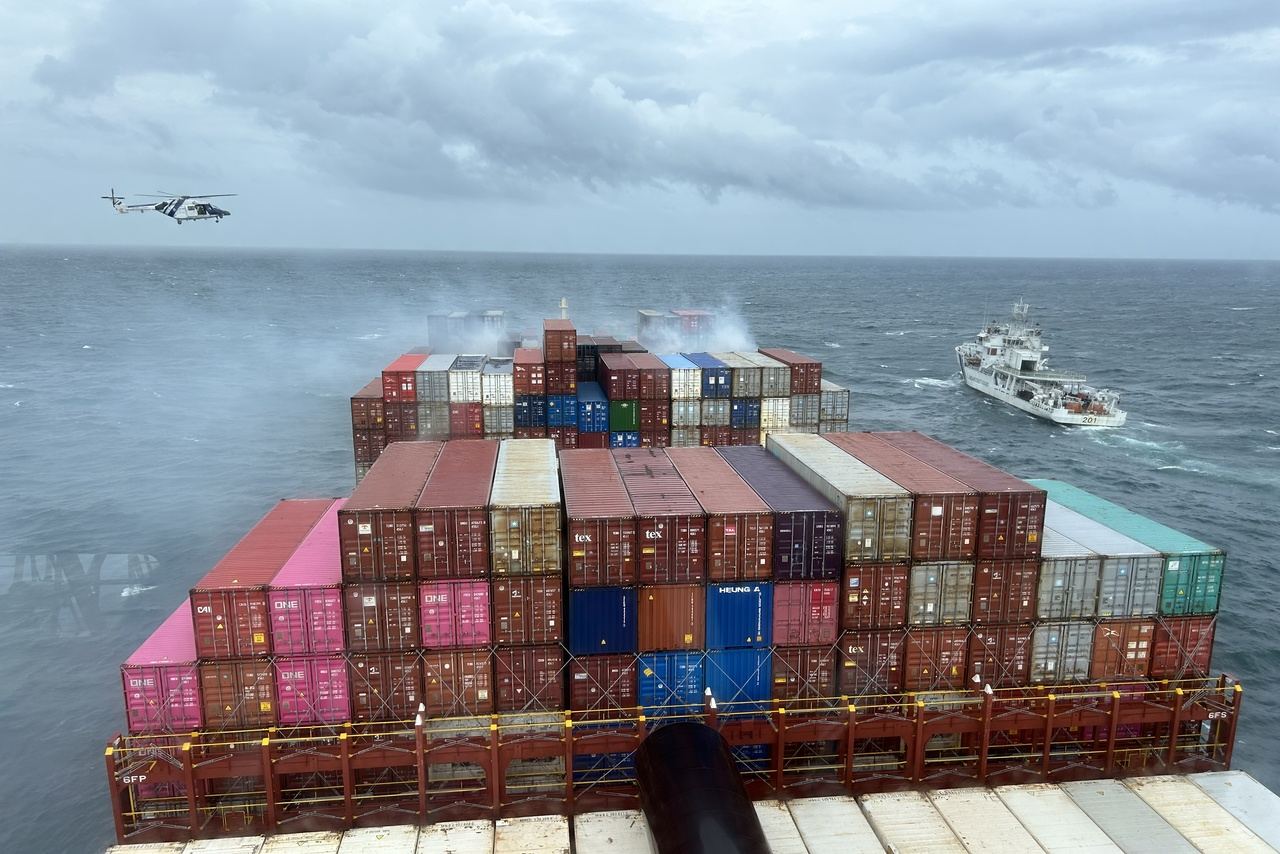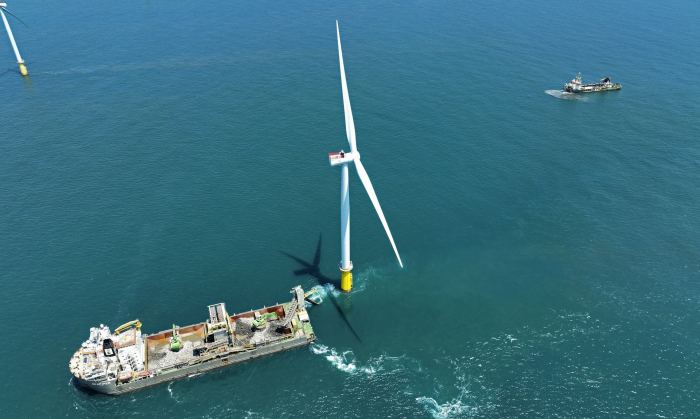When a fire on board a ship has been brought under control, a salvage operation is more or less over as far as the outside world is concerned. But the reality is different. After firefighting on board container vessels in India and Malaysia, salvage specialists from Boskalis’ subsidiary SMIT Salvage spent months handling the aftermath.
More than 85 miles off the coast of Malaysia, a fire broke out in the fourth hold of the container vessel Northern Juvenile. Multiple attempts by the crew to extinguish the fire – by pumping carbon dioxide into the hold – were unsuccessful, causing the flames to spread to the deck cargo. A salvage team from SMIT Salvage was then called in to bring the fire under control, which they managed to do after several intensive days of firefighting.



Once the fire had been extinguishing, the 333-meter-long Northern Juvenile spent weeks safely at the anchorage offshore Singapore. During that time, commercial manager Jody Sheilds and his colleagues negotiated with the shipowner and involved container operators to find a suitable location to discharge undamaged cargo for further transport and process the damaged cargo locally. “Since a vessel of this size cannot dock at just any port and container terminals in the region were fully booked, finding an appropriate berth was challenging. With a lot of patience and the involvement of many parties, we succeeded,” says Sheilds.
Meanwhile, the team handling the salvage of the Maersk Frankfurt in the Arabian Sea near India faced a similar situation. There too, a container caught fire aboard the cargo vessel, igniting other containers on the vessel. Both salvage operations followed a nearly identical pattern: a severe fire, swift and intensive firefighting, and then a prolonged aftermath. “The challenge lies in finding a suitable port of refuge for the affected vessel,” says Gertjan Verver, operations director at SMIT Salvage. “Ports are generally willing to accommodate a distressed and salvaged vessel. However, before they do, they understandably want clarity about the further plan for the vessel. When and where will the damaged containers be removed? When will the undamaged ones be unloaded? And how will the further distribution of these goods proceed, and when will the vessel leave, freeing up the berth for the next vessel? It requires a lot of time to make this onshore scope concrete.”


Deployment of Boskalis vessels
During the salvage of the Northern Juvenile, SMIT Salvage gratefully utilized the resources of Boskalis. Almost immediately after the salvage team boarded to try to control the fire, two tugs were mobilized. “We benefited greatly from them for several days, and later we succeeded in mobilizing the anchor handler BOKA Sherpa in collaboration with our colleagues at Boskalis Marine Services,” says Verver. “It’s always very advantageous when you can use your own vessel during a salvage operation. This was especially a luxury last year during the salvage of the FSO Safer in Yemen, but also in the case of the Northern Juvenile. Especially because you know that the salvage of a burning container vessel can evolve into a prolonged project due to the search for a port of refuge.”
The SMIT Salvage-Boskalis Marine Services tandem was also highly successful on the other side of the world. The BOKA Striker was deployed during an oil removal project in the UK sector of the North Sea, and in Mexico, Boskalis used the powerful oceangoing tug BOKA Alpine to refloat a grounded pipe-lay barge near Coatzacoalcos during a storm. Approximately 7,000 cubic meters of water were first removed from the barge’s tanks, making it lighter and easier to maneuver. Subsequently, the BOKA Alpine – with a bollard pull of 205 tons – gradually increased its power until reaching full capacity. This was done from its position nearly a kilometer away from the barge, where there was sufficient draft. “We were also able to use a survey vessel that was already working on the Southeast Extension project, which the pipe-lay barge was involved in when it grounded, and where Boskalis had also been active with the trailing suction hopper dredger Crestway. Thanks to the short lines of communication between the various Boskalis departments, we could use this and carry out multibeam surveys in preparation for refloating the barge. The company’s strength enables us to assist our clients under challenging conditions.”
